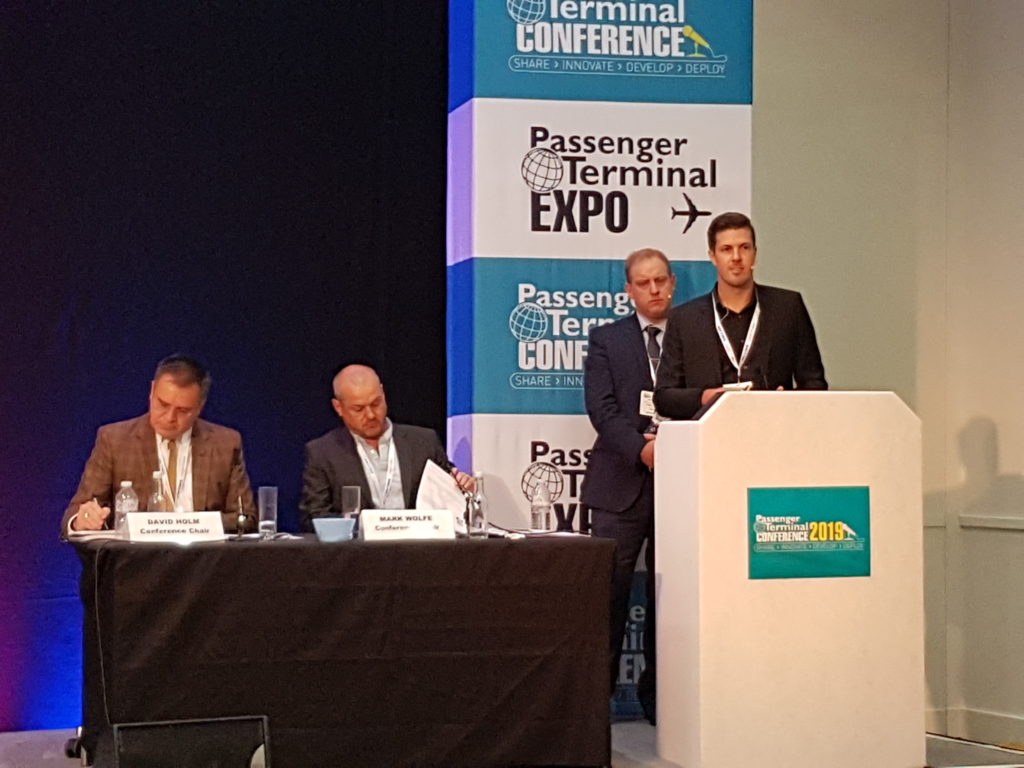Airports are more than just a travel destination, they form an integral part of a city’s identity. That was the message from Steve Parker, head of airport design at Sydney Airport and Jason Cuffe, practice leader at Australian architects Hassell, who discussed the airport’s extensive Urban Design Precinct strategy.
Sydney Airport currently has a multitude of developments happening throughout its terminals, most notably its five-year expansion and renovation programme for Terminal 1 (T1). The airport is somewhat landlocked by the Cooks River to the west, Botany Bay to the south and residential communities to the east, and has a large centralised space fragmented by its terminals and arterial road networks. Sydney Airport wanted to bring everything together to create one unified experience for passengers and the community.
“We wanted to create a precinct that is intrinsically connected to context through planting, materiality, programme and experience,” said Cuffe. “A precinct that is uniquely Sydney.”
As a result, Hassell identified several key factors that would ensure the success of the new urban precinct. This includes improvements in connectivity, ensuring visual cohesiveness, providing greater permeability to the public with new cycle tracks and walkways, and ultimately, creating a space that celebrates the airport.
Within this new urban area, Hassell will also design micro-spaces to suit a multitude of users. These user types range from the gentle explorer and families on their school holidays to on-the-clock workers and fast and frequent flyers.
“Our approach was to understand user groups and build out community spaces that would resonate with those particular individuals,” added Cuffe.
The end result is a world-class gateway with an iconic identity that acts as a rich community asset. Most importantly it creates a long-lasting passenger experience.
“As a study by the Harris Group found in 2016, 72% of millennials prefer to spend more money on experience than on material things. For them, the value of a long-lasting memory is far greater than anything they could buy in retail. As a result, we aim to create a new piece of community space that will also bring a sense of place to travellers.

